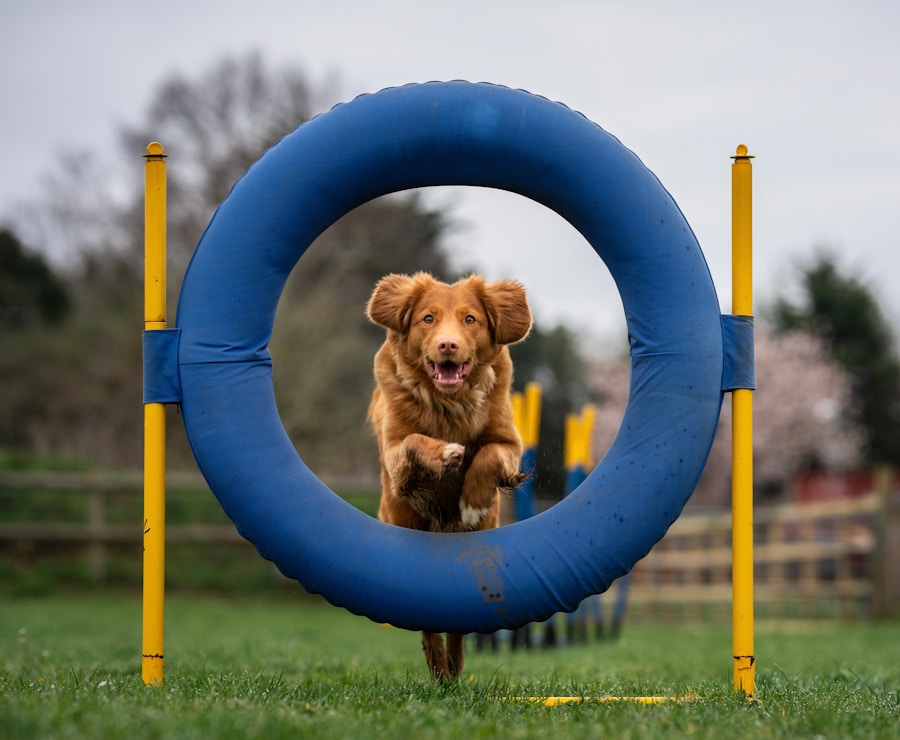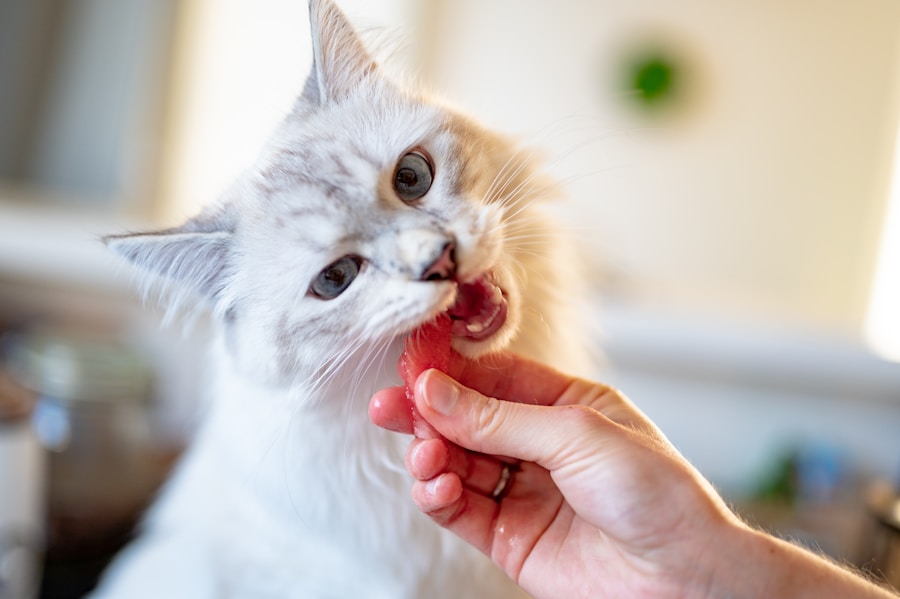Litter training is an essential part of raising a kitten, as it teaches them where to go to the bathroom and helps to keep your home clean and odor-free. By providing your kitten with a designated place to do their business, you can prevent accidents and ensure that they develop good bathroom habits from a young age. Additionally, litter training can help to reduce the risk of your kitten developing behavioral issues related to inappropriate elimination, such as spraying or marking territory.
Proper litter training is also important for the health and well-being of your kitten. Cats are naturally clean animals, and they prefer to have a clean and private place to relieve themselves. By providing them with a litter box and teaching them how to use it, you can help to reduce their stress and anxiety, as well as minimize the risk of them contracting diseases from coming into contact with their own waste. Overall, litter training is an essential part of responsible pet ownership and can help to ensure that your kitten grows up to be a happy and healthy member of your family.
Choosing the Right Litter Box and Litter for Your Kitten
When it comes to litter training your kitten, choosing the right litter box and litter is crucial for their success. There are many different types of litter boxes available, including open, covered, and self-cleaning options. It’s important to consider your kitten’s preferences and needs when selecting a litter box, as well as the size and layout of your home. For example, if you have a small apartment, a covered litter box may be the best option to contain odors and prevent messes. On the other hand, if you have multiple cats, an open litter box may be more suitable to accommodate their needs.
In addition to choosing the right litter box, selecting the appropriate litter is also important for your kitten’s comfort and success with litter training. There are many different types of litter available, including clumping, non-clumping, scented, unscented, and natural options. It’s important to consider your kitten’s preferences and any potential allergies or sensitivities when choosing a litter. Some kittens may prefer a softer texture, while others may prefer a finer or coarser consistency. Ultimately, the goal is to find a litter that your kitten is comfortable using and that helps to control odors and absorb moisture effectively.
Introducing Your Kitten to the Litter Box
Introducing your kitten to the litter box is an important first step in their litter training journey. It’s important to start this process as soon as you bring your kitten home, as they will need time to adjust to their new environment and learn where to go to the bathroom. To introduce your kitten to the litter box, place them in the box after meals or naps, as these are times when they are most likely to need to use the bathroom. You can also gently guide them into the box and encourage them to explore it on their own.
It’s important to make the litter box a positive and inviting space for your kitten by keeping it clean and placing it in a quiet and accessible location. You can also encourage your kitten to use the litter box by placing some of their waste in the box to help them understand its purpose. Additionally, you can use positive reinforcement, such as treats or praise, to reward your kitten for using the litter box. By taking these steps, you can help to create a positive association with the litter box and encourage your kitten to use it consistently.
Teaching Your Kitten to Use the Litter Box
Once your kitten has been introduced to the litter box, it’s important to teach them how to use it effectively. This process may take some time and patience, especially for younger kittens who are still learning about their bodies and how to control their bladder and bowel movements. To teach your kitten to use the litter box, it’s important to observe their behavior and provide gentle guidance as needed. For example, if you notice that your kitten is sniffing around or circling in a specific area, gently pick them up and place them in the litter box.
It’s also important to keep the litter box clean and free of waste, as kittens are more likely to use a clean and inviting space. Scoop the litter box regularly and change the litter as needed to ensure that it remains fresh and odor-free. Additionally, it’s important to provide your kitten with easy access to the litter box at all times, especially during the early stages of their training. By making the litter box a convenient and appealing option for your kitten, you can help to reinforce their good bathroom habits and encourage them to use it consistently.
Troubleshooting Common Litter Box Issues
Despite your best efforts, you may encounter some common litter box issues while training your kitten. These issues can include accidents outside of the litter box, refusal to use the box, or excessive digging or covering behavior. It’s important to address these issues promptly and with patience in order to help your kitten develop good bathroom habits. One common issue is that kittens may be reluctant to use a dirty or smelly litter box. In this case, it’s important to scoop the litter box regularly and change the litter as needed to keep it clean and inviting for your kitten.
Another common issue is that kittens may be picky about the type of litter or litter box that they use. If you notice that your kitten is avoiding the litter box or showing signs of discomfort while using it, consider trying a different type of litter or box to see if it makes a difference. Additionally, some kittens may be sensitive to scented litters or may have allergies or aversions to certain materials. By experimenting with different options and observing your kitten’s behavior, you can find a solution that works for both you and your pet.
Maintaining a Clean and Healthy Litter Box Environment
Once your kitten has been successfully trained to use the litter box, it’s important to maintain a clean and healthy environment for them. This includes scooping the litter box regularly and changing the litter as needed to keep it fresh and odor-free. It’s also important to clean the litter box itself on a regular basis by washing it with mild soap and water or using pet-safe cleaning products. Additionally, it’s important to place the litter box in a quiet and accessible location where your kitten can use it without feeling stressed or anxious.
In addition to maintaining a clean environment for your kitten, it’s important to monitor their health and behavior for any signs of urinary or digestive issues. Changes in bathroom habits or litter box behavior can be an early indicator of health problems, so it’s important to pay attention to any changes in frequency, consistency, or volume of waste. If you notice any concerning changes in your kitten’s bathroom habits, it’s important to consult with a veterinarian promptly in order to address any potential health issues.
Additional Tips for Successful Cat Litter Training
In addition to the tips mentioned above, there are several additional strategies that can help to ensure successful litter training for your kitten. One important tip is to provide multiple litter boxes in multi-cat households or larger homes in order to accommodate all of your pets’ needs. This can help to reduce competition for resources and prevent accidents or territorial disputes. Additionally, it’s important to provide positive reinforcement for your kitten when they use the litter box successfully by offering treats or praise.
It’s also important to be patient and consistent with your training efforts, as kittens may take some time to develop good bathroom habits. Avoid punishing or scolding your kitten for accidents or mistakes, as this can create stress and anxiety around using the litter box. Instead, focus on providing gentle guidance and encouragement as needed in order to help your kitten feel comfortable and confident using their designated bathroom area.
Overall, successful cat litter training requires patience, observation, and understanding of your kitten’s needs and preferences. By taking these steps and providing a clean and inviting environment for your pet, you can help them develop good bathroom habits that will benefit both them and your household in the long run.





